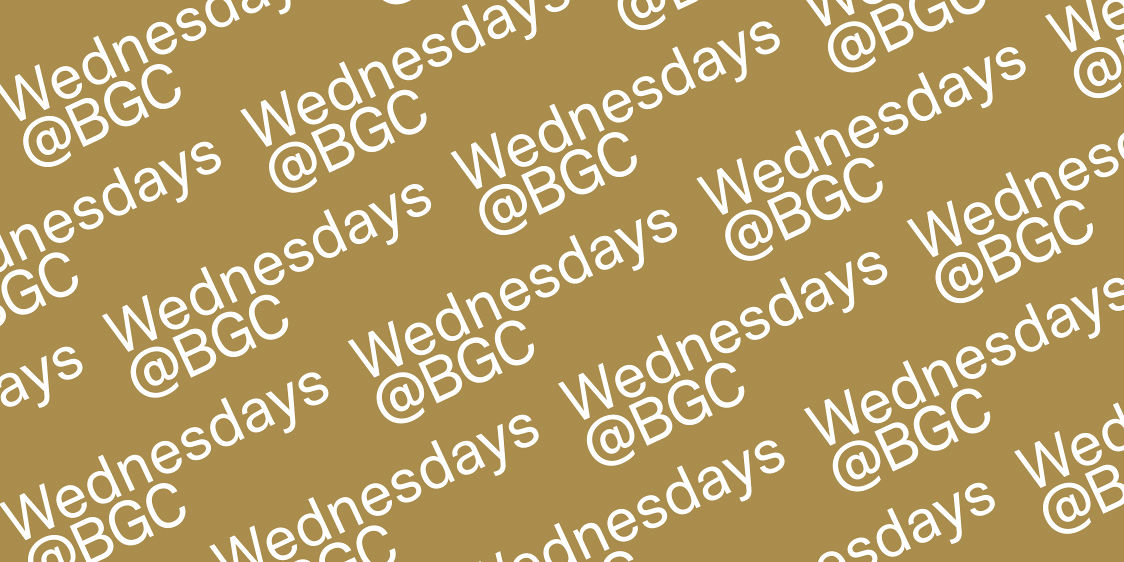Visa Immonen gave a Brown Bag Lunch presentation on Monday, April 9, at 12:15 pm. His talk was entitled “Folding and Wrapping the Sacred: Living with Late Medieval Relics and Reliquaries in Europe.”
Wrapping establishes a relationship between the soft materials used for covering or enclosing, and the contents inside them. This is particularly significant with the late medieval cult of relics where the fragments of holy persons or other sacred items formed complex spiritual and material entities. Such relics were stored in layers of linen, silk, and other textiles deposited in wooden and metallic casings. The wrappers and nested containers created and manipulated the distance between the spiritual core and the tangible framework in which they were made present to the devotees. A number of modern studies on the materials and techniques used in creating reliquaries allow the elaborate acts of wrapping and unwrapping to be reconstructed in detail. In this talk, Immonen describes the material evidence, and scrutinize its significance for understanding the cult of relics as material practice. In my analysis, I draw on the large corpus of anthropological and archaeological theories on wrapping and unwrapping.
Visa Immonen is Professor of Archaeology at the University of Turku in Finland. Prior to this he was Assistant Professor of Cultural Heritage Studies at the University of Helsinki, a Visiting Scholar at Stanford University (2010–2011), and a Postdoctoral Fellow at the Getty Research Institute (2015–2016). His research focuses on medieval material culture, especially luxury consumption. His doctoral dissertation, Golden Moments—Artefacts of Precious Metals as Products of Luxury Consumption in Finland c. 1200–1600, was published in 2009. He has continued to combine archaeological and art historical methods in articles including “Connecting Things through the Visual Arts: Medieval Crescent Moon Pendants as Horse Ornaments” (Norwegian Archaeological Review, 2013), and “Fondling on the Kitchen Table—Artefacts, Sexualities and Performative Metaphors in the 15th to 17th Centuries” (Journal of Social Archaeology, 2014). At Bard Graduate Center, he will be completing a book manuscript on scientific analyses conducted on medieval relics and reliquaries across Europe.
In addition to medieval studies, Immonen is engaged in cultural heritage studies, and has recently published a monograph on the development of Finnish cultural heritage legislation and administration during the twentieth century. He has also discussed issues related to cultural heritage in such articles as “‘Quidditching’, and the Emergence of New Heritage Identities: Amateur Metal Detecting in Finland” (with Joonas Kinnunen, Public Archaeology, 2017), and “Photographic Bodies and Biographical Narratives: The Finnish State Archaeologist Juhani Rinne in Pictures” (Photography & Culture, 2012).











